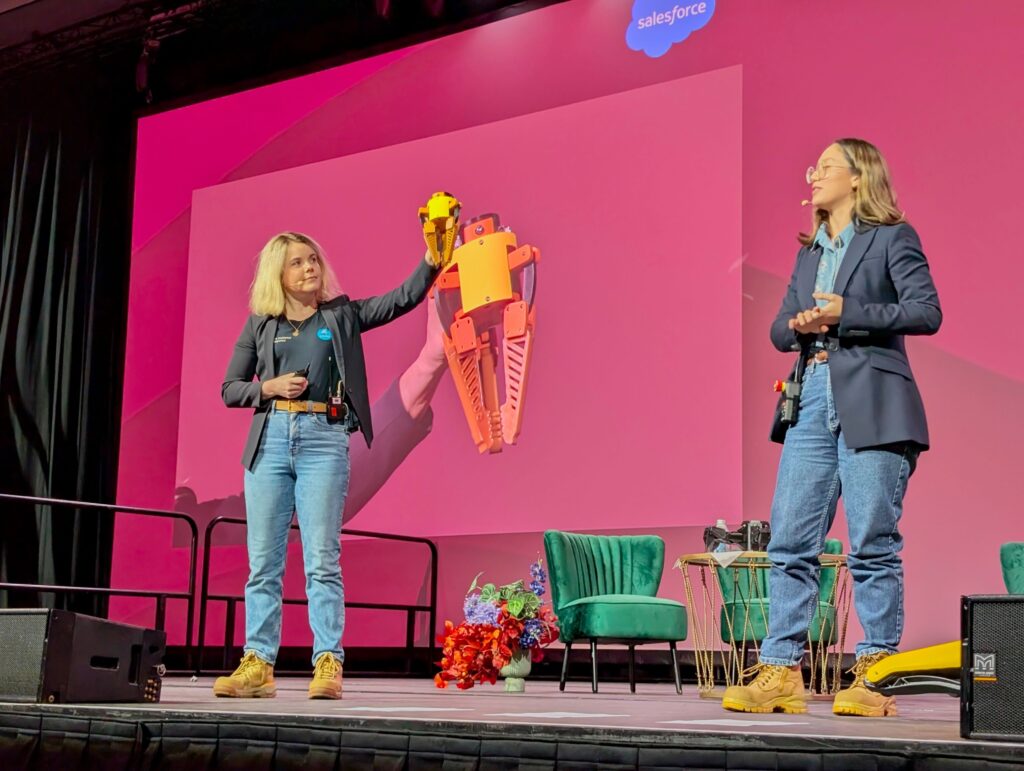CSIRO Robotics at BiiG 2025
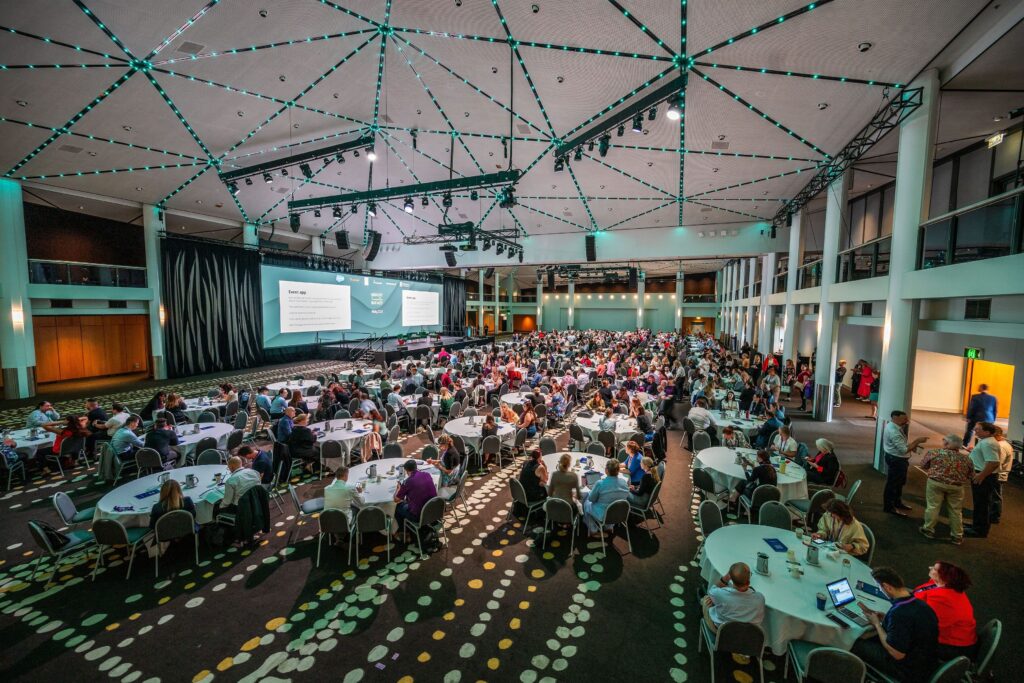
At the BiiG Conference 2025, CSIRO Robotics shared a bold vision for how Australia can lead the world in robotics innovation. The presentation focused on designing systems that respond to the real impacts of natural disasters, climate change, and environmental restoration.
Rosie Attwell, Technical Program Manager, and Pearl Hoile, Mechanical Engineer, co-presented on behalf of CSIRO’s Cyber Physical Systems Group. Their talk highlighted engineering excellence, field-proven technologies, and global collaboration, all with strong roots in Queensland.
 |
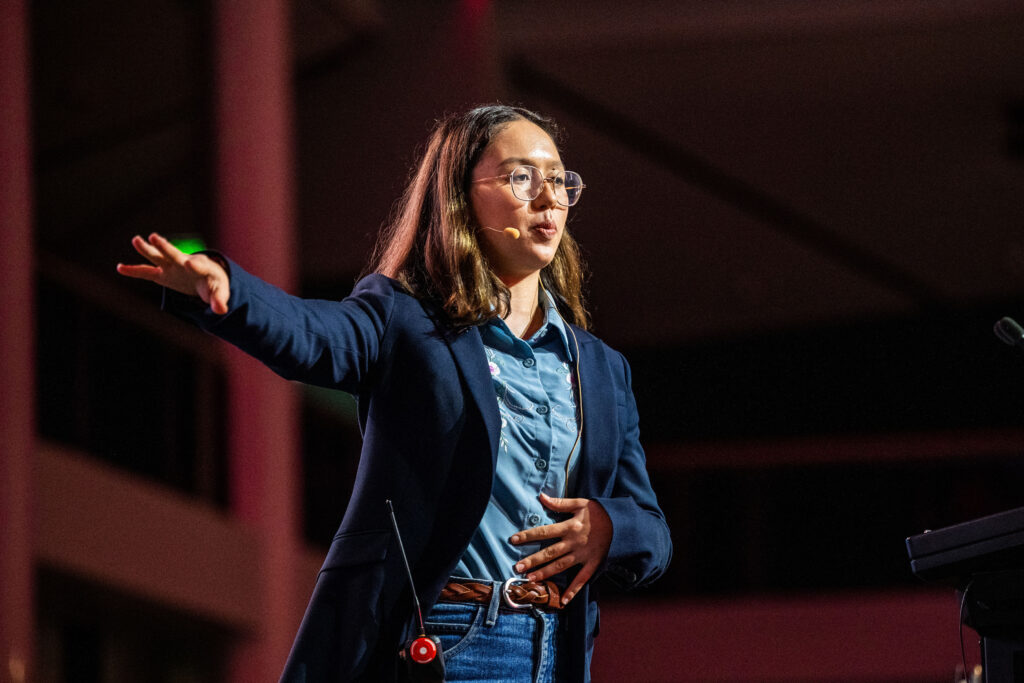 |
Robots with Purpose: Before, During and After Disasters
The presentation was structured around three critical phases of disaster resilience: before, during and after. Rosie and Pearl shared real-world stories showing how CSIRO robots are making a difference in each stage.
Pearl began by addressing the growing danger of natural disasters in Queensland. She explained that robots are now helping communities prepare, respond and recover from events like bushfires, floods and environmental damage.
Rosie focused on wildfire prevention, explaining how rising temperatures and extreme weather are driving the need for early fire detection. She described CSIRO’s collaboration with Brisbane-based company BIA5, which led to the development of the ATR platform integrated with CSIRO’s autonomous sensing systems that can identify fire threats before they become unmanageable.
“We integrate cutting-edge sensing with intelligent software,” Rosie said. “The impact starts here in Queensland, but the applications are global.”
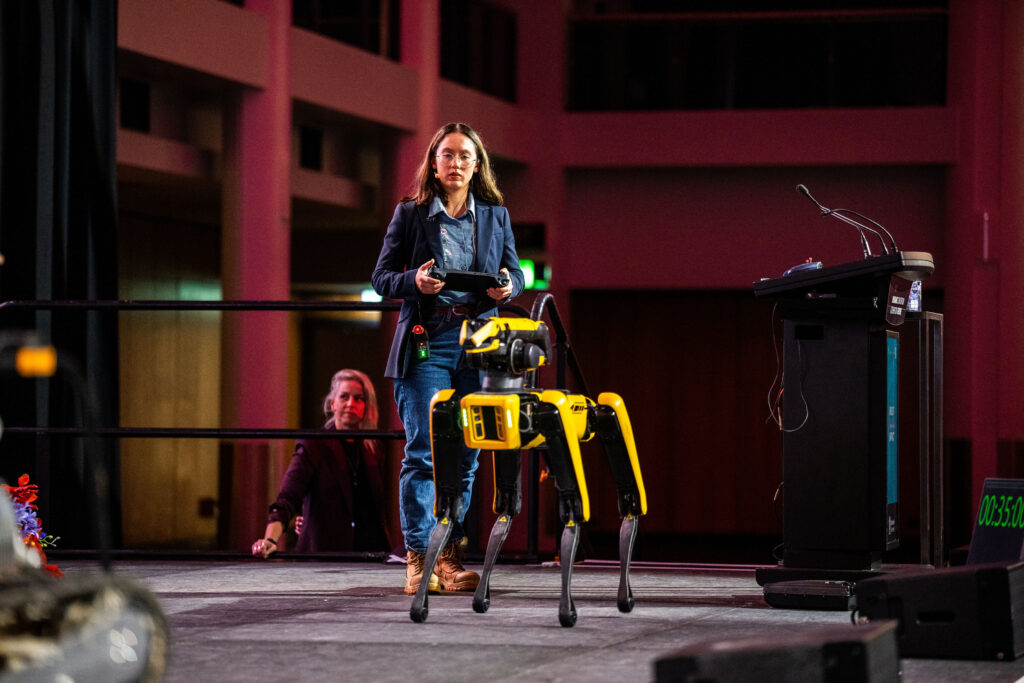
Supporting First Responders During Emergencies
When disasters strike, CSIRO can deploy a diverse fleet of robots to support emergency response. These include legged, tracked, underwater and surface vehicles designed to navigate harsh environments.
“Robots are replaceable. People aren’t,” Pearl told the audience.
She described how these autonomous systems can scout dangerous areas, send back data in real time, and protect human lives by reducing exposure to risk. One example was the use of robots in underground environments like the Chillagoe caves, where CSIRO’s cutting-edge 3D SLAM (Simultaneous Localisation and Mapping) software Wildcat has been tested to map and navigate unfamiliar terrain. Developed over a decade, this system recognises visual markers like helmets and backpacks to create maps in extreme low-light conditions. These capabilities allow for safer, more organised rescue operations.
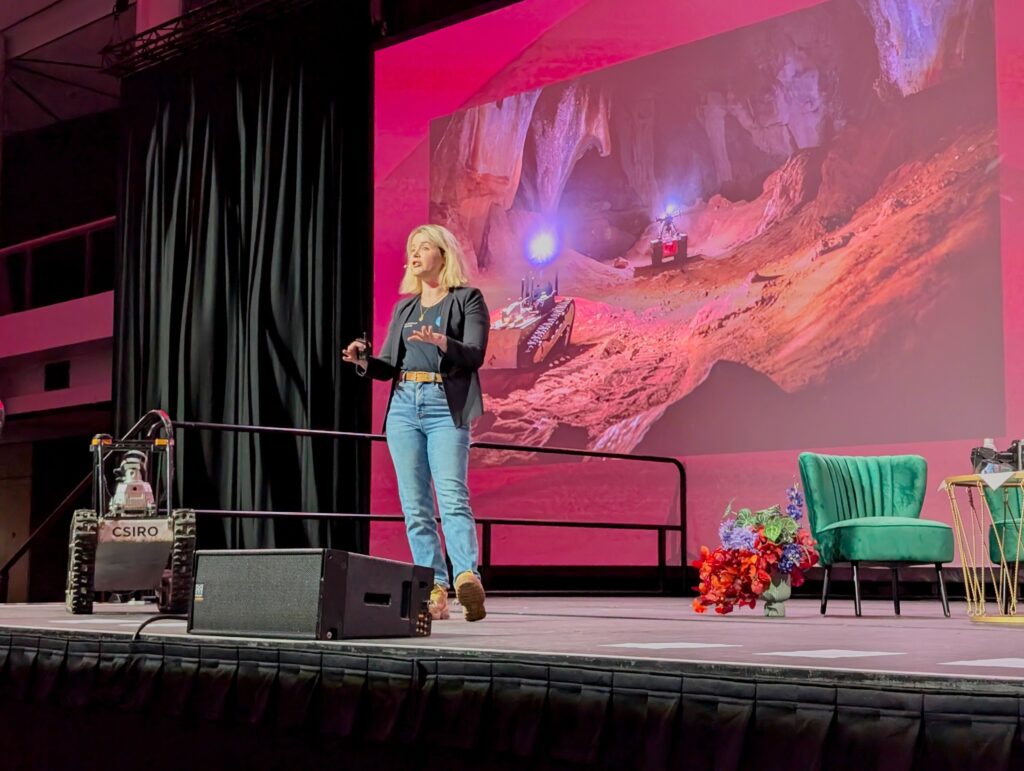
Rebuilding Ecosystems After Disasters
Pearl introduced the audience to CSIRO’s work in environmental restoration. She focused on the Great Barrier Reef, a natural wonder that is increasingly vulnerable to the effects of climate change and extreme weather.
CSIRO engineers have developed a robotic coral planting hand, which uses AI-designed soft grippers to handle fragile coral fragments with precision and care.
“This is robotics inspired by nature,” Pearl explained. “Soft, intelligent, and designed to interact safely with delicate ecosystems.”
She emphasised how these tools are already contributing to large-scale reef restoration efforts and show what is possible when engineering is driven by purpose.
Innovation Built in Queensland, Used Around the World
Rosie and Pearl made it clear that these technologies are not theoretical. Most of the systems they presented have already been tested in real-world environments and many were developed right here in Queensland.
A highlight of the session was CSIRO’s Multi-Resolution Scanner payload. This system launched into orbit in 2024 in partnership with Boeing Australia and NASA and is now operating aboard the International Space Station. It was designed, built and tested by the Brisbane-based robotics team.
“This is first-in-the-world technology,” Rosie said. “There was no roadmap, no precedent, and no guarantee of support. But we built it anyway, and it worked.”
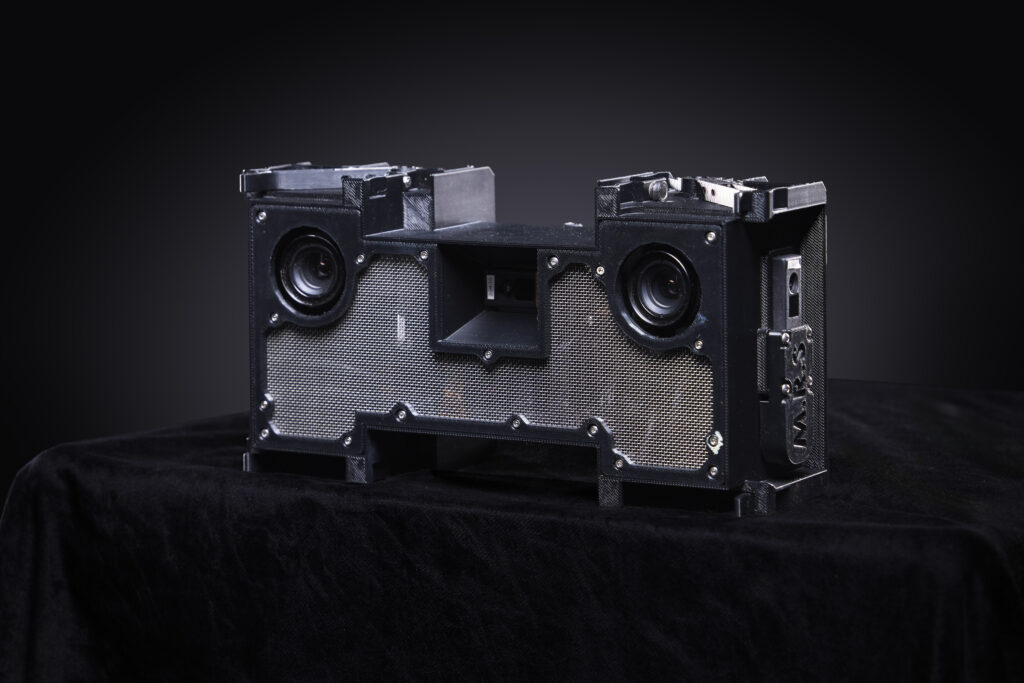
A Call to Be Bold
To conclude, Rosie encouraged the audience to bring this mindset into their own organisations. She reminded attendees that change does not require large budgets or big teams. It often begins with one idea and a willingness to try something new.
“We want you to take these stories back to your own workplaces,” she said. “Be bold. Build something that matters.”
The session closed with strong engagement and interest from government and industry leaders. Attendees were invited to continue the conversation with fellow CSIRO researcher Fred Pauling, who was on hand in the audience.
CSIRO Robotics at BiiG 2025 offered more than a glimpse of future technology. It shared a vision of how purposeful, field-proven innovation can create real impact. Rosie and Pearl demonstrated that when bold ideas are backed by science and teamwork, robots can help protect people, restore ecosystems and shape a better future for everyone.

Joseph Byford Photography
All Event Photos by Joseph Byford Photography.

